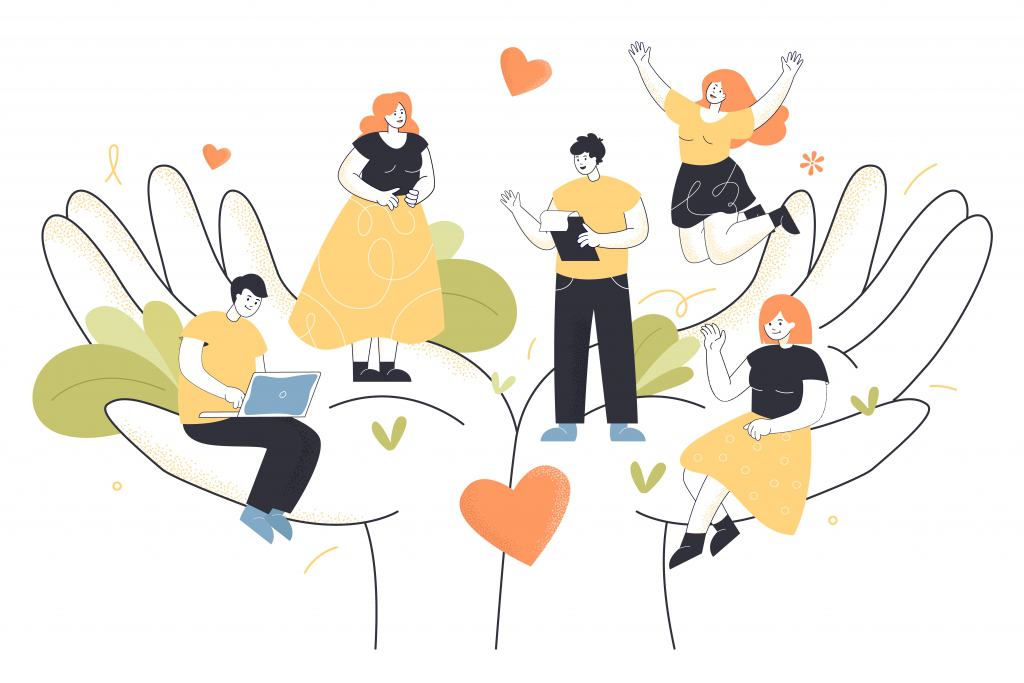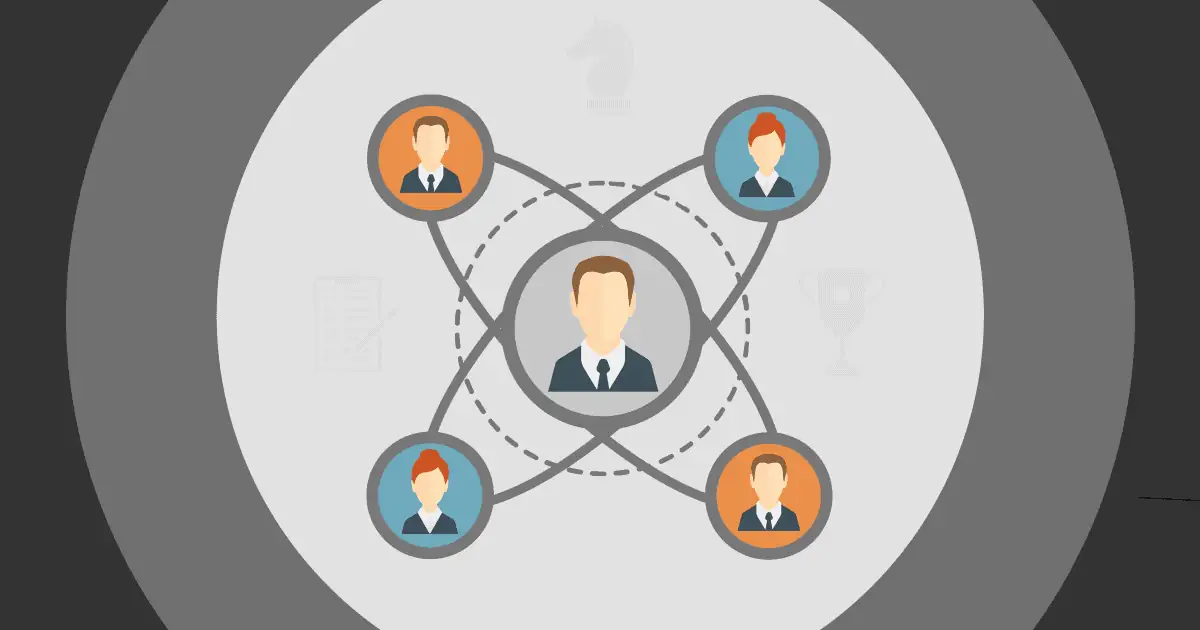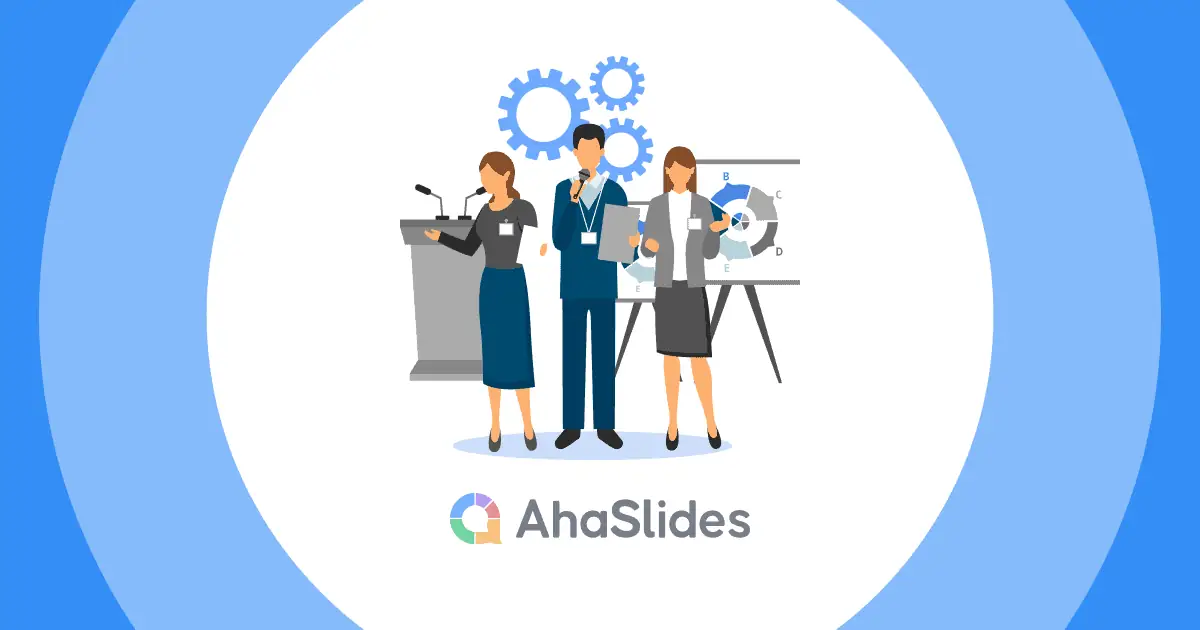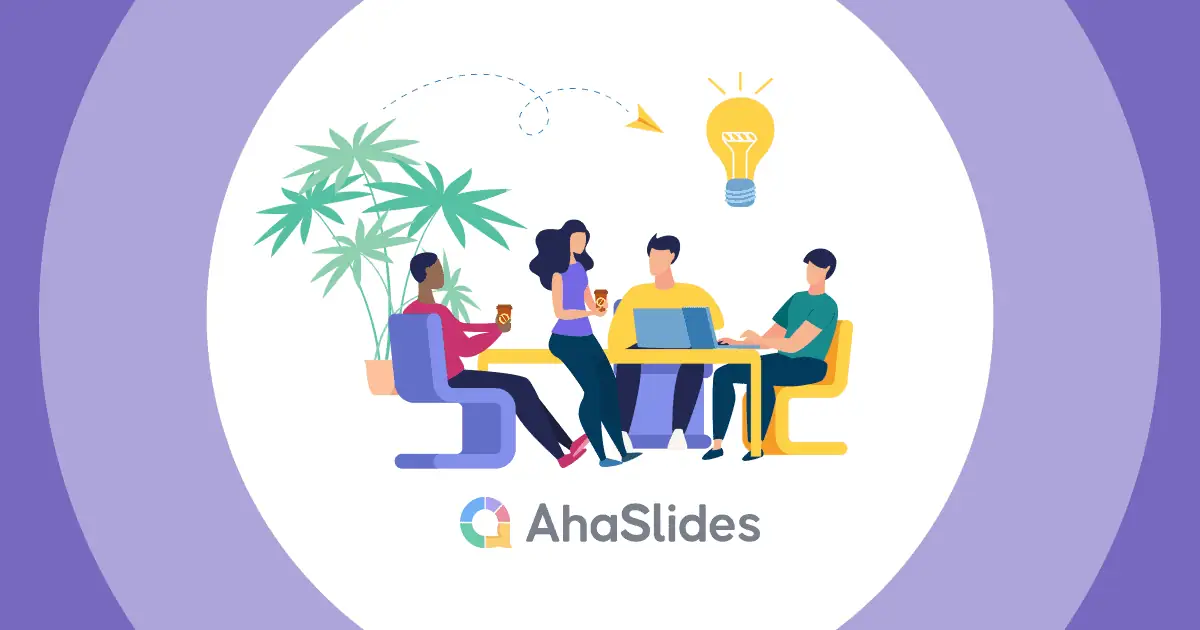Diversity, equity, and inclusion (DEI) are three of the many values that businesses strive to embrace in today's dynamic world. Diversity in the workplace encompasses a broad spectrum of human differences, from race and ethnicity to gender, age, religion, sexual orientation, and so on. Inclusion, meanwhile, is the art of weaving this diverse mix of talent into a harmonious collective.
Creating an environment where every voice is heard, every idea is valued, and every individual is given the chance to shine is indeed the pinnacle of what diversity and inclusion in the workplace aspire to achieve.
In this article, we dive into the colorful world of workplace diversity and inclusion. Get ready to explore how fostering a diverse, equitable, and inclusive culture can redefine the business landscapes and unlock the true potential of the workforce.
Table of Content
- Diversity, Equity, and Inclusion in the Workplace
- What is Diversity and Inclusion in the Workplace?
- Benefits of Diversity and Inclusion in the Workplace
- How to Foster a Diverse and Inclusive Workplace?
- Take Your Step Towards a Dynamic Workplace!
- Frequently Asked Questions
More Tips with AhaSlides

Get your Audience Engaged
Start meaningful discussion, get useful feedback and educate your audience. Sign up to take free AhaSlides template
🚀 Grab Free Quiz☁️
Diversity, Equity, and Inclusion in the Workplace
Diversity, equity, and inclusion usually go together. They are three interconnected components that truly shine as a combination. Each component works with one another to ensure individuals or groups from different backgrounds feel comfortable, accepted, and valued in the workplace.
Before we delve further into diversity and inclusion in the workplace or its benefits, let’s grasp the definition of each individual term.
Diversity
Diversity refers to the representation of different groups of people who encompass a wide range of differences. This includes visibly different traits like race, gender, and age, as well as invisible ones like education, socioeconomic background, religion, ethnicity, sexual orientation, disability, and beyond.

In a professional setting, a high-diversity workplace employs staff members who reflect the varied dimensions of the society in which it operates. Workplace diversity consciously embraces all characteristics that make individuals unique.
Equity
Equity is ensuring fairness within the procedures, processes, and distribution of resources by institutions or systems. It recognizes that each person has different circumstances and allocates the exact resources and opportunities needed to reach an equal outcome.
In the workplace, equity means that all employees have access to the same opportunities. It removes any biases or barriers that might prevent certain individuals or groups from advancing or participating fully. Equity is often achieved by implementing policies that promote equal opportunities for recruitment, salary, promotion, and professional development.
Inclusion
Inclusion refers to the practice of ensuring that people feel a sense of belonging in the workplace. It's about creating an environment where all individuals are treated fairly and respectfully, have equal access to opportunities and resources, and can contribute fully to the organization's success.
An inclusive workplace is one where diverse voices are not only present but also heard and valued. It's a place where everyone, regardless of their background or identity, feels supported and able to bring their whole selves to work. Inclusion fosters a collaborative, supportive, and respectful environment where all employees can participate and contribute.
The Difference Between Diversity, Inclusion, and Belonging
Some companies use “belonging” as another aspect of their DEI strategies. However, more often than not, they tend to misinterpret the true meaning of the term. Belonging refers to the emotion where employees feel a deep sense of acceptance and connection to the workplace.
While diversity focuses on the representation of different groups, inclusion makes sure those individual voices are heard, actively involved, and valued. Belonging, on the other hand, is the result of a highly diverse and inclusive culture. A true sense of belonging at work is the most desired outcome measure of any DEI strategy.
What is Diversity and Inclusion in the Workplace?
Diversity and inclusion in the workplace refer to policies and practices aimed at creating a working environment where all employees, regardless of their background or identity, feel valued and are given equal opportunities to succeed.

Both diversity and inclusion are important. You cannot have one without the other. Diversity without inclusion often leads to low morale, suppressed innovation, and high turnover rates. On the other hand, an inclusive but not diverse workplace lacks perspectives and creativity.
Ideally, companies should strive for both diversity and inclusion in the workplace to harness the full range of benefits from a varied and fully engaged workforce. Together, they create a powerful synergy that drives innovation, growth, and success.
Benefits of Diversity and Inclusion in the Workplace
Diversity and inclusion can have profound impacts on the organization’s performance. Together, they create an environment that boosts productivity and profitability. Some of the more visible influences are:
Increased Employee Engagement and Satisfaction
Diverse and inclusive workplaces where all staff members are valued and celebrated tend to have higher levels of employee engagement and satisfaction. Employees who feel respected are more motivated and committed to their organization.
Attracting and Retaining Top Talent
Companies that boast diversity and inclusion in the workplace attract a wider pool of candidates. By offering an inclusive environment, organizations can retain top talent, reduce turnover costs, and foster a skilled and experienced workforce.
Enhanced Innovation and Creativity
A diverse demographic profile brings a wide array of perspectives, experiences, and problem-solving approaches. This variety fuels creativity and innovation, leading to novel solutions and ideas.
Improved Decision-Making
Companies that embrace diversity and inclusion in the workplace benefit from a broader range of viewpoints and experiences, which can lead to more thorough, well-rounded decision-making processes. Seeing the problem from various standpoints leads to more innovative solutions.
Increased Profitability and Performance
Studies have shown that companies with more diverse and inclusive cultures tend to outperform their counterparts financially. In fact, Deloitte says that diverse companies boast higher cash flow per employee, up to 250%. Companies with diverse director boards also enjoy increased year-over-year revenue.
Better Customer Insights
A diverse workforce can provide insights into a wider customer base. This understanding improves customer service and leads to better product development tailored to a larger audience.
Improved Company Reputation and Image
Being recognized as a diverse and inclusive employer enhances a company's brand and reputation. This can lead to increased business opportunities, partnerships, and customer loyalty.
Harmonious Working Environment
A recent study shows that toxic workplaces cost businesses $223 billion in damage. That would not be the case if diversity is embraced and inclusion is practiced. Fostering a greater understanding and respect for different perspectives can lead to a reduction in conflicts, creating a more harmonious work environment, and saving organizations billions in the process.
How to Foster a Diverse and Inclusive Workplace?
Creating diversity and inclusion in the workplace for your employees to thrive in isn’t done overnight. It’s a multi-faceted process that involves intentional strategies, ongoing commitment, and a willingness to adapt and learn. Here are a few steps organizations can take toward building a DEI initiative.

- Celebrate Diversity: Recognize and celebrate the diverse backgrounds of employees. This can be through cultural events, diversity-focused months, or recognition of various religious and cultural holidays.
- Leadership Commitment: Start at the top. Leaders must demonstrate a commitment to diversity and inclusion via clear actions and policies. This includes setting practical goals as a part of the organization's values and strategic plan.
- Comprehensive Training: Hold regular cultural training or workshops for all employees on topics such as unconscious bias, cultural competence, and internal communication. This raises awareness and ensures all staff members are engaged.
- Promote Diversity in Leadership: Diversity should be represented at all levels. In leadership and decision-making roles, diversity not only brings new perspectives to discussions but also sends a powerful message about the organization's commitment to inclusion.
- Create Inclusive Policies and Practices: Review and update policies and practices to ensure they are inclusive, or create new ones if needed. Make sure employees can enjoy a discrimination-free workplace with equal treatment and access to opportunities.
- Promote Open Communication: Communication gets the message across and signals transparency. Create safe spaces where employees can share their experiences and perspectives and feel heard and valued.
- Regular Assessment and Feedback: Regularly assess diversity and inclusion initiatives in the workplace. Use surveys, feedback sessions, and other methods that allow employees to share their experiences anonymously.
- Allow Access to Leaders/Managers: Provide employees at all levels with meaningful opportunities to interact with, learn from, and influence top management. This shows they’re respected and valued.
Take Your Step Towards a Dynamic Workplace!
The world’s coming together as a giant melting pot. That makes diversity and inclusion in the workplace not just a moral imperative but a strategic business necessity. Organizations that successfully embrace these values stand to gain immensely, from enhanced innovation and creativity to improved profitability and better market competitiveness.
Frequently Asked Questions
What is diversity and inclusion in the workplace?
Diversity and inclusion policies and practices create a work environment where every employee, irrespective of their background or identity, feels valued, respected, and provided with equal opportunities to thrive.
What to say about diversity and inclusion in the workplace?
Ultimately, the pursuit of diversity and inclusion is not just about building a better workplace but about contributing to a more equitable and inclusive society. It’s not just trendy buzzwords, but crucial elements of a modern, effective, and ethical business strategy.
Here are a few quotes about Diversity, Equity, and Inclusion in the workplace:
- "Diversity is being invited to the party; inclusion is being asked to dance." - Verna Myers
- "We all should know that diversity makes for a rich tapestry, and we must understand that all the threads of the tapestry are equal in value no matter their color." - Maya Angelou
- "It is not our differences that divide us. It is our inability to recognize, accept, and celebrate those differences." - Audre Lorde
What is the goal of diversity and inclusion in the workplace?
The true goal of a diverse and inclusive working environment is to foster a sense of belonging among employees. It makes people feel respected, valued and understood - which, in turn, benefits the organization in productivity and profitability.
How do you recognize diversity and inclusion in the workplace?
Diversity and inclusion should be visible in many aspects of the workplace environment, culture, policies, and practices. Here are some indicators:
Diverse Workforce: A variety of races, genders, ages, cultural backgrounds, and other characteristics should be represented.
Policies and Practices: The organization should have policies that support diversity and inclusion, like anti-discrimination policies, equal opportunity employment, and reasonable accommodations for disabilities.
Transparent and Open Communication: Employees feel comfortable sharing their ideas and experiences without fear of judgment or backlash.
Equitable Opportunities for Growth: All employees have equal access to development programs, mentorship, and promotional opportunities.








